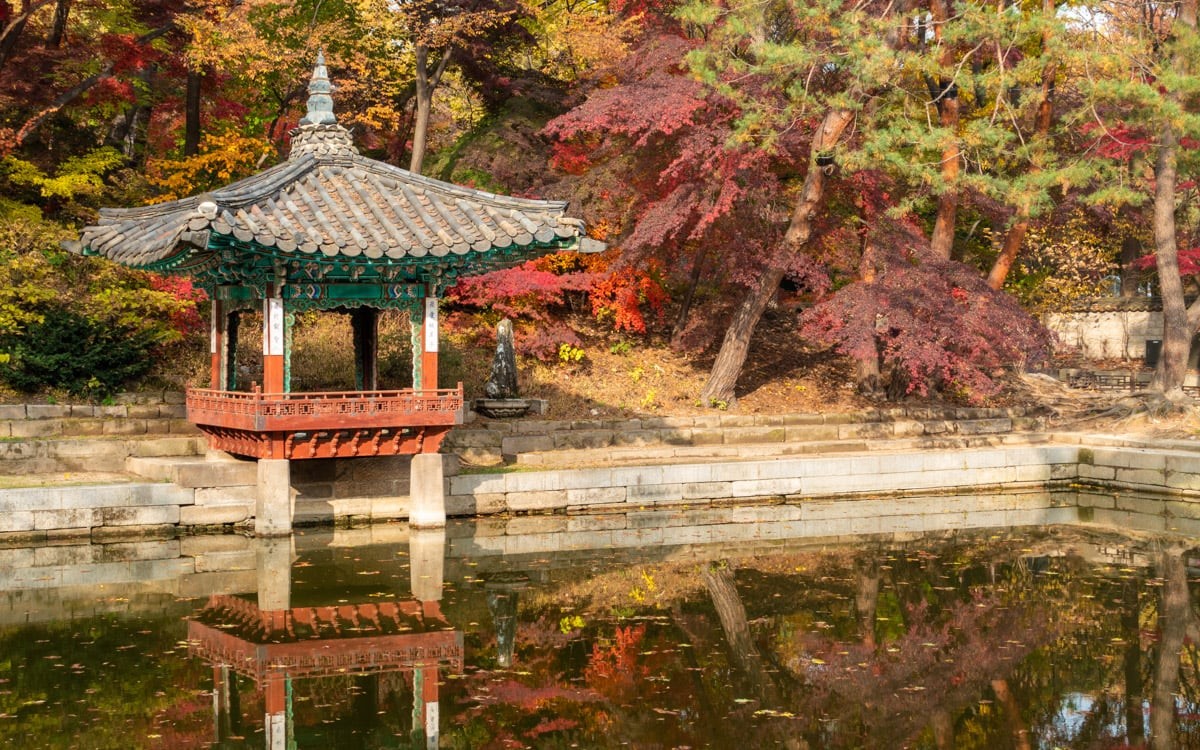
Singapore: History and Places to Visit
Singapore, one of the smallest countries in Southeast Asia, has a significant impact on the world in terms of finance, trade, and tourism. This modern city-state is known for its unique cultural diversity, cleanliness, and impressive architecture. Throughout history, Singapore has hosted various civilizations due to its strategic location and has evolved from a colonial outpost to an independent powerhouse. Today, it is considered one of the most developed and innovative cities in the world.
The History of Singapore
Singapore’s history dates back to the 14th century when it was a significant trading port known as “Temasek” on the Malay Peninsula. In 1819, British sailor Sir Stamford Raffles established Singapore as a trading post for the British East India Company, laying the foundation for its growth as a major commercial hub. After joining the Federation of Malaysia in 1963, Singapore became independent in 1965. Despite facing early challenges, Singapore transformed into a strong economy and global financial center.
Places to Visit in Singapore
1. Marina Bay Sands
Marina Bay Sands is one of Singapore’s most iconic landmarks, representing the city’s modern face. The SkyPark, perched on top of three massive skyscrapers, is shaped like a ship and offers stunning views of Marina Bay. The complex is also home to luxury shopping malls, restaurants, and vibrant nightlife, providing visitors with a lavish experience.
2. Gardens by the Bay
One of Singapore’s most popular tourist attractions, Gardens by the Bay is a perfect fusion of nature and modern architecture. The park features massive vertical gardens called “supertrees” and some of the world’s largest glass greenhouses. The Cloud Forest and Flower Dome showcase a wide variety of plants and beautifully designed landscapes. The Supertree Grove is particularly enchanting at night with its spectacular light displays.
3. Sentosa Island
Sentosa Island is Singapore’s hub for leisure and entertainment. Universal Studios Singapore, located on the island, offers an exciting theme park experience, while S.E.A. Aquarium is one of the world’s largest aquariums. The island’s beaches, golf courses, hotels, and other attractions make it a perfect destination for families and adventure seekers. The historical Fort Siloso is also located on Sentosa.
4. Singapore Botanic Gardens
Listed as a UNESCO World Heritage Site, the Singapore Botanic Gardens is a beautiful escape for nature lovers. Visitors can stroll through the expansive gardens, explore various plant species, and visit the famous National Orchid Garden, which houses one of the world’s largest collections of orchids.
5. Chinatown
Singapore’s Chinatown is rich in history and culture, with its colorful temples, narrow streets, and traditional markets. The Buddha Tooth Relic Temple is one of the most famous Buddhist temples in Singapore, said to house a tooth relic of Buddha. Chinatown is also known for its authentic Chinese restaurants and souvenir shops.
6. Little India
Little India is a vibrant neighborhood that reflects Singapore’s Indian culture. The Sri Veeramakaliamman Temple, a stunning example of Hindu architecture, is located here. The area’s markets offer colorful spices, clothing, and handicrafts. Little India is also a great place to explore authentic Indian cuisine.
7. Merlion Park
The Merlion statue, symbolizing Singapore, has become one of the city’s most iconic landmarks. This half-fish, half-lion figure represents Singapore’s ties to the sea and its historical origins. Merlion Park offers fantastic views of Marina Bay, making it a popular spot for photography.
8. Clarke Quay
Clarke Quay, Singapore’s historic riverside quay, has transformed into a lively nightlife and entertainment hub. Located along the Singapore River, it is home to numerous restaurants, bars, and nightclubs. Visitors can also enjoy boat tours along the river, offering scenic views of the illuminated city.
9. Singapore Zoo
Singapore Zoo is widely regarded as one of the best zoos in the world, known for its naturalistic enclosures that closely mimic the animals' habitats. Visitors can observe orangutans, white tigers, and other exotic animals in a well-maintained environment. The zoo is also famous for its night safari tours.
Conclusion
Despite being a small island nation, Singapore is globally recognized as a cultural center that blends history with modern life. From the grandeur of Marina Bay Sands to the historic streets of Chinatown and the natural beauty of its gardens, the city offers countless places to explore. With its high living standards, advanced infrastructure, and multicultural atmosphere, Singapore remains one of Asia's most fascinating cities, attracting visitors from all over the world.





